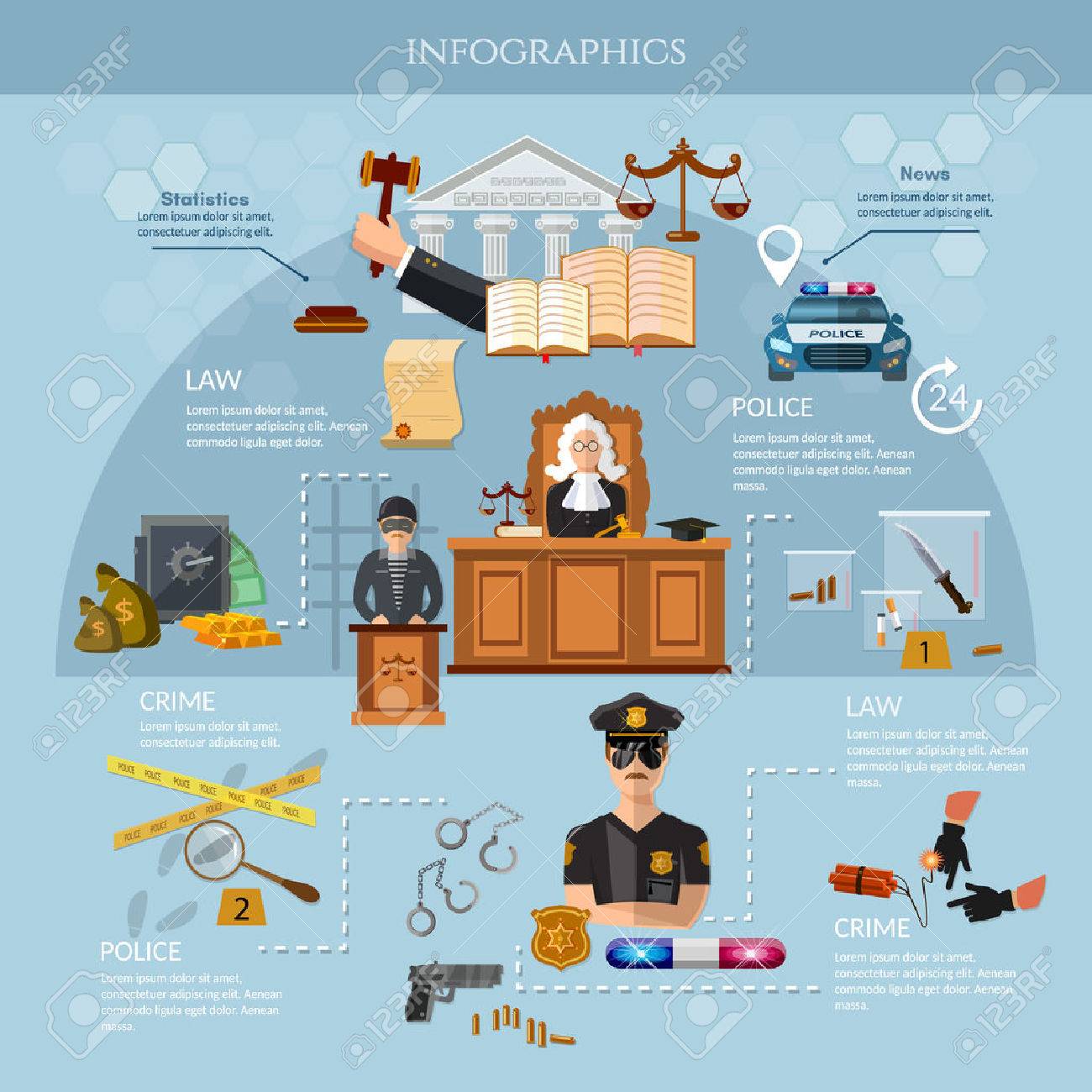What To Prepare For: The Chronology Of A Typical Separation Instance
What To Prepare For: The Chronology Of A Typical Separation Instance
Blog Article
Authored By- Source Webpage
As you embark on the journey of browsing a divorce instance, you may find yourself wondering about the timeline that lies ahead. From the first stages of filing records to the complexities of negotiation and the possibility for a test, each step holds its very own set of difficulties and unpredictabilities. Understanding the sequence of events can help you prepare for what's to find and prepare for the twists and turns that might occur in the process.
First Filing and Solution of Files
When starting the divorce process, the very first step is the preliminary declaring of the essential records with the court. This action officially begins the lawful treatment and establishes the divorce instance moving. Paternity Attorney need to submit forms that outline the grounds for divorce, assets, responsibilities, earnings, expenditures, and any other pertinent details needed by the court.
After filing these files, copies should be served to your spouse, informing them of the separation proceedings. This service can be done with a process-server, sheriff's office, or qualified mail, ensuring that your spouse is officially notified of the separation case against them.
When the papers are filed and offered, the court will certainly give an instance number and designate a court to manage the instance. It's important to accurately finish and submit these papers, as any kind of errors or omissions can postpone the separation process.
This initial step lays the foundation for the lawful dissolution of your marital relationship, marking the beginning of a potentially difficult but necessary process.
Discovery and Negotiation Stage
During the Exploration and Arrangement Phase of a divorce instance, both events participate in collecting info and exchanging appropriate records to better recognize each other's economic situations and various other essential details. Postnuptial Agreement is crucial as it establishes the foundation for settlements and potential settlement arrangements. Through methods such as interrogatories, requests for production of records, and depositions, each party intends to reveal truths, possessions, debts, and various other vital info that might influence the situation's result.
Arrangements throughout this phase often entail discussions on various issues like residential or commercial property department, youngster custodianship, visitation schedules, and financial support. Both parties may deal with their attorneys to check out settlement alternatives, possibly preventing the requirement for a test.
Mediation or collaborative legislation processes may likewise be utilized to promote efficient conversations and reach equally acceptable agreements. It's necessary to approach this stage with openness, sincerity, and a readiness to jeopardize to achieve a smoother resolution and reduce the psychological and economic toll of an extensive court fight.
Trial and Final Resolution
Progressing from the Exploration and Negotiation Stage, the Trial and Final Resolution stage marks the conclusion of your separation case. This stage is where unresolved problems are brought before a judge to make decisions on issues like property department, child wardship, and assistance. The test usually involves offering evidence, witness statements, and lawful disagreements to support your situation.
Throughout the trial, both celebrations will certainly have the opportunity to present their settings and counterarguments. It's crucial to be prepared, as the court's choice will dramatically impact the final outcome of your divorce.
Adhering to the trial, the court will issue a last judgment that describes the terms of the separation, including any economic settlements and protection setups.
Once the judgment is released, the separation is settled, and both parties are legitimately bound by its terms. While the test stage can be difficult and emotional, it's an essential action towards getting to a final resolution and progressing with your life post-divorce.
Verdict
To conclude, browsing a divorce instance involves a collection of actions from filing first files to reaching a final resolution. Understanding the timeline of occasions can help you plan for what to expect throughout the procedure. By being aggressive, seeking lawful assistance, and staying notified, you can browse the intricacies of divorce process with confidence and clearness.
